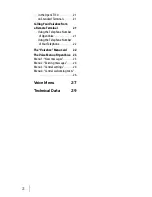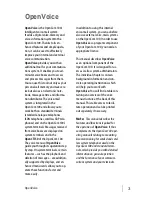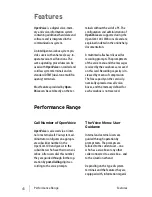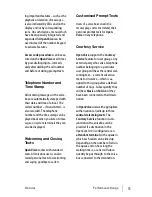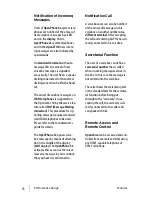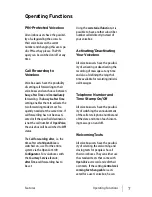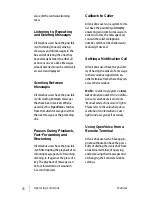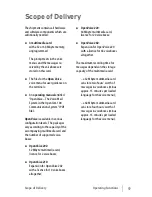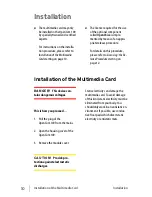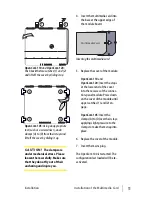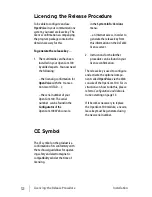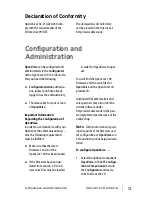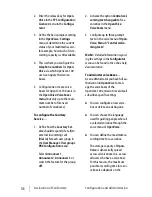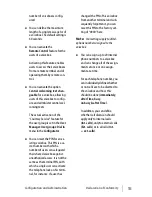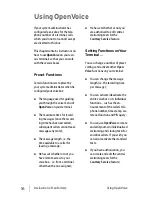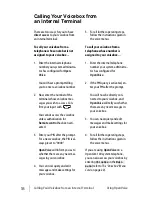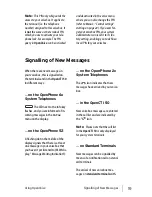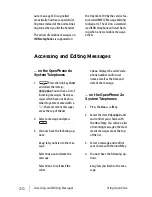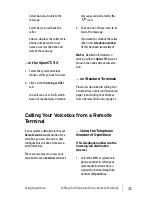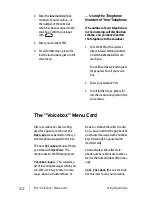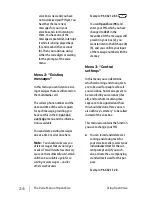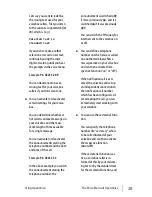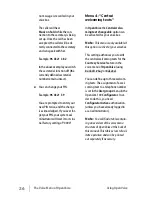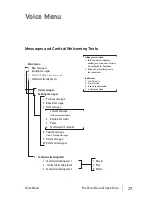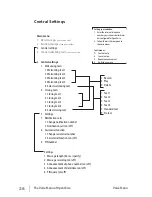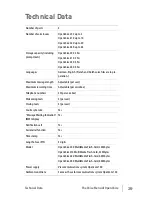
16
Declaration of Conformity
Using OpenVoice
Using OpenVoice
If your system administrator has
configured a voicebox for the tele-
phone number of a terminal, calls
which you do not (or cannot) accept
are diverted to this box.
This chapter contains instructions on
how to use
OpenVoice
on your vari-
ous terminals so that you can work
with these voiceboxes.
Preset Functions
Certain functions were preset by
your system administrator when he
configured your voicebox:
■
The language used for guiding
you through the voice menu of
OpenVoice
on your terminal;
■
The maximum time for record-
ing messages (once the record-
ing time has been exceeded,
subsequent callers cannot leave
messages any more);
■
The message length, i.e. the
time available to a caller for
leaving a message;
■
He has set whether or not you
have remote access to your
voicebox – i.e. from a terminal
other than the one assigned;
■
He has set whether or not you
are authorised to edit central
welcoming texts for the
Courtesy Service
feature.
Setting Functions on Your
Terminal …
You can change a number of preset
settings and activate other
Open-
Voice
functions on your terminal:
■
You can change the message
length (i.e. the recording time
per message);
■
You can activate/deactivate the
entire voicebox or its individual
functions – such as the an-
nouncement of the caller’s tele-
phone number, time stamp, sec-
retarial function and PIN query;
■
You can use
OpenVoice
to create
and edit your own individualised
welcoming and closing texts for
voicebox callers. If you wish you
can also reactivate the standard
texts;
■
If you have authorisation, you
can create and edit the central
welcoming texts for the
Courtesy Service
feature;
Summary of Contents for OpenVoice 200
Page 1: ...OpenVoice 200 The Voice Mail System in the OpenCom 100 Communications System User Guide ...
Page 32: ...30 Notes Notes ...
Page 33: ...31 Notes Notes ...
Page 34: ...32 Notes Notes ...
Page 35: ......

